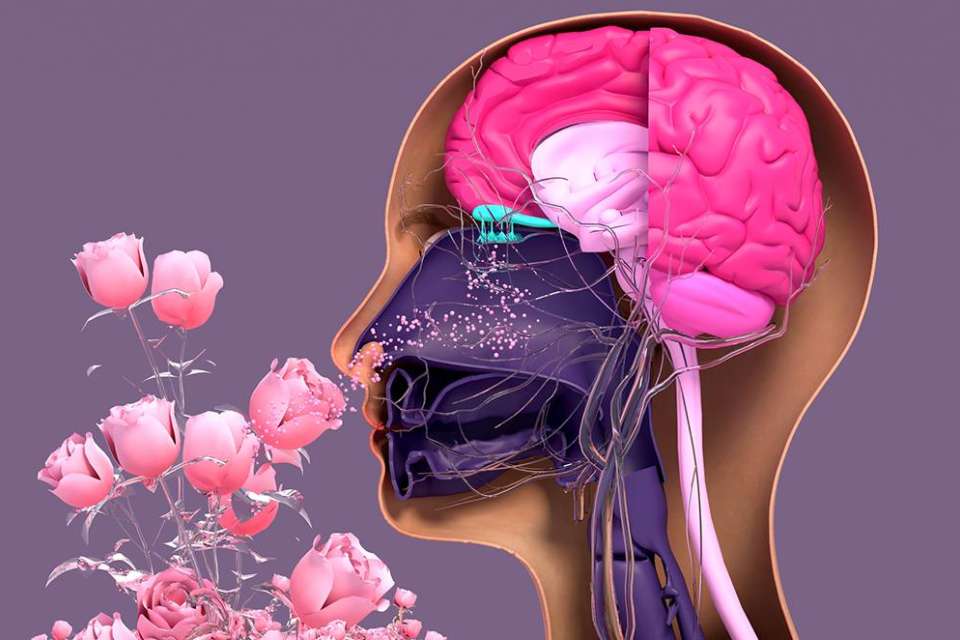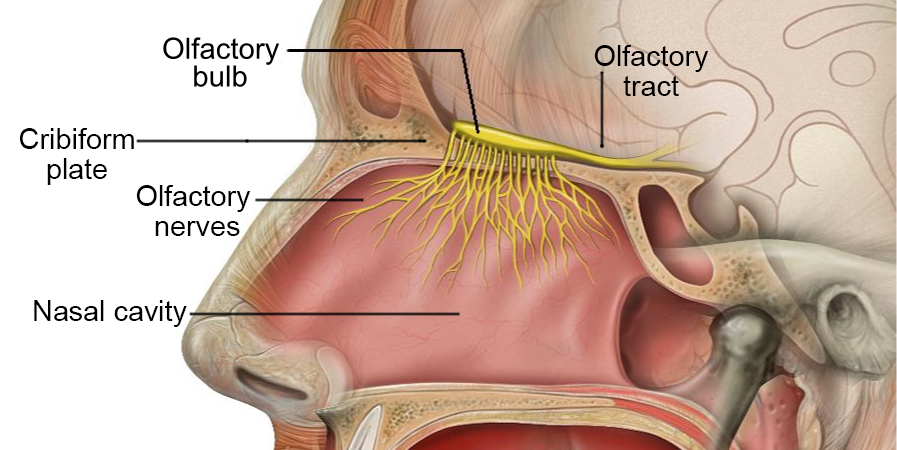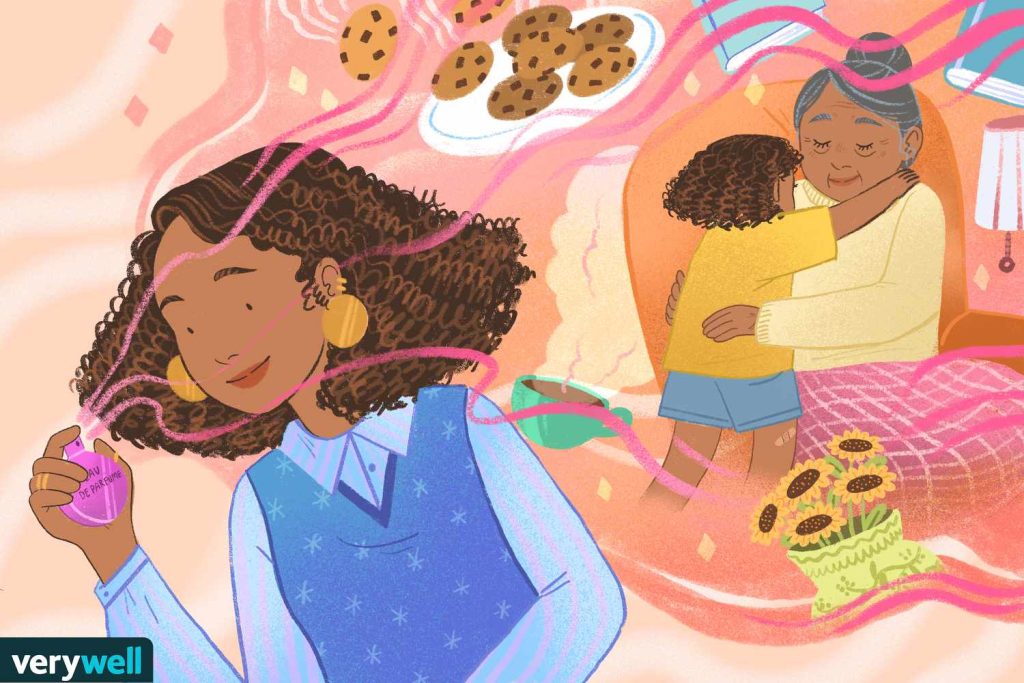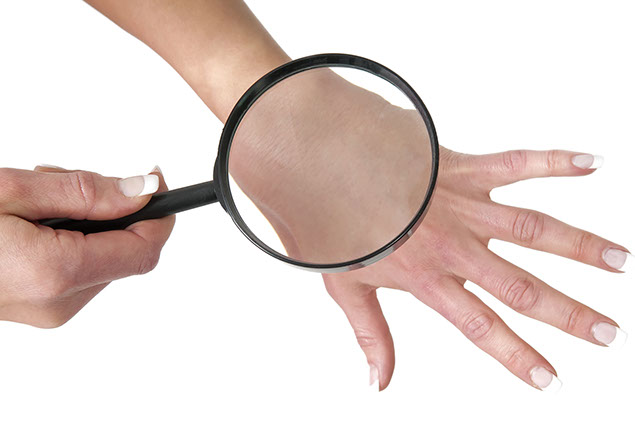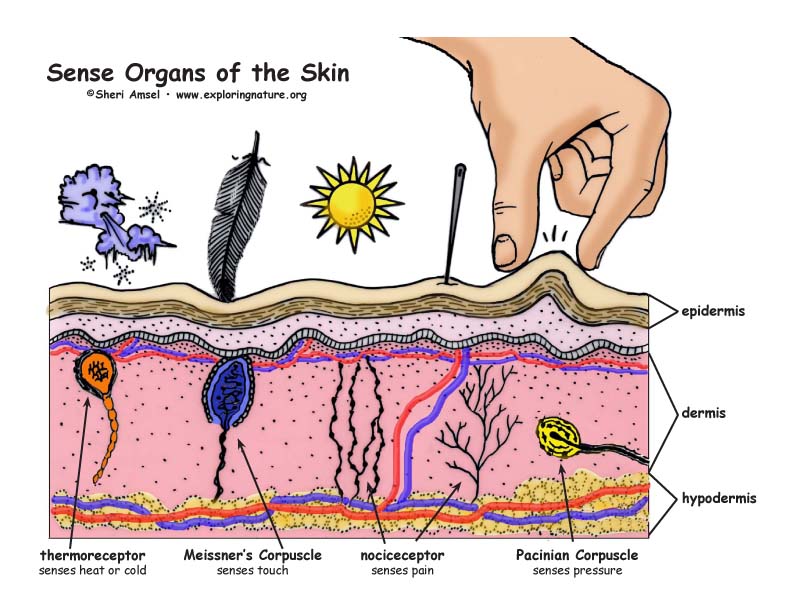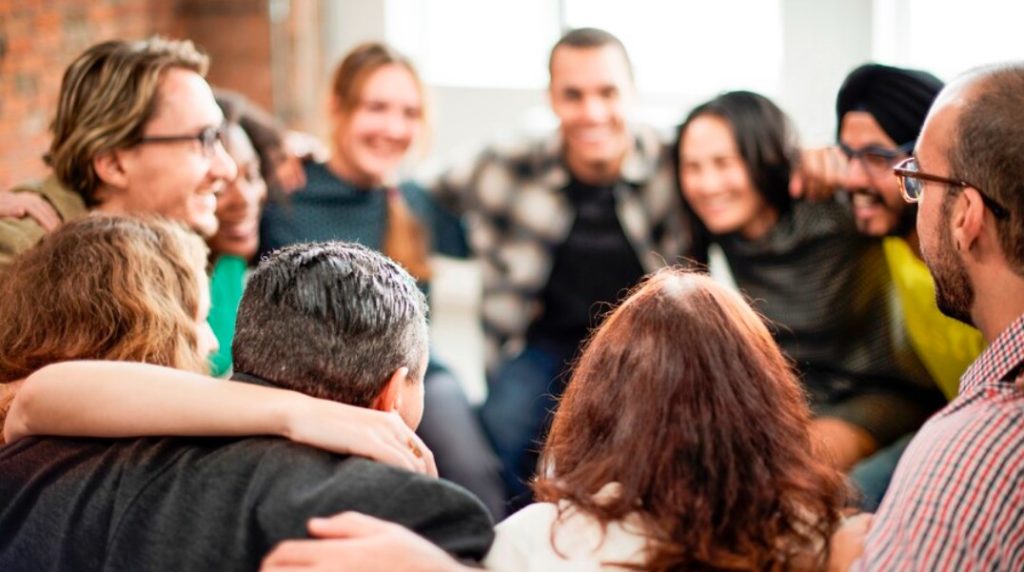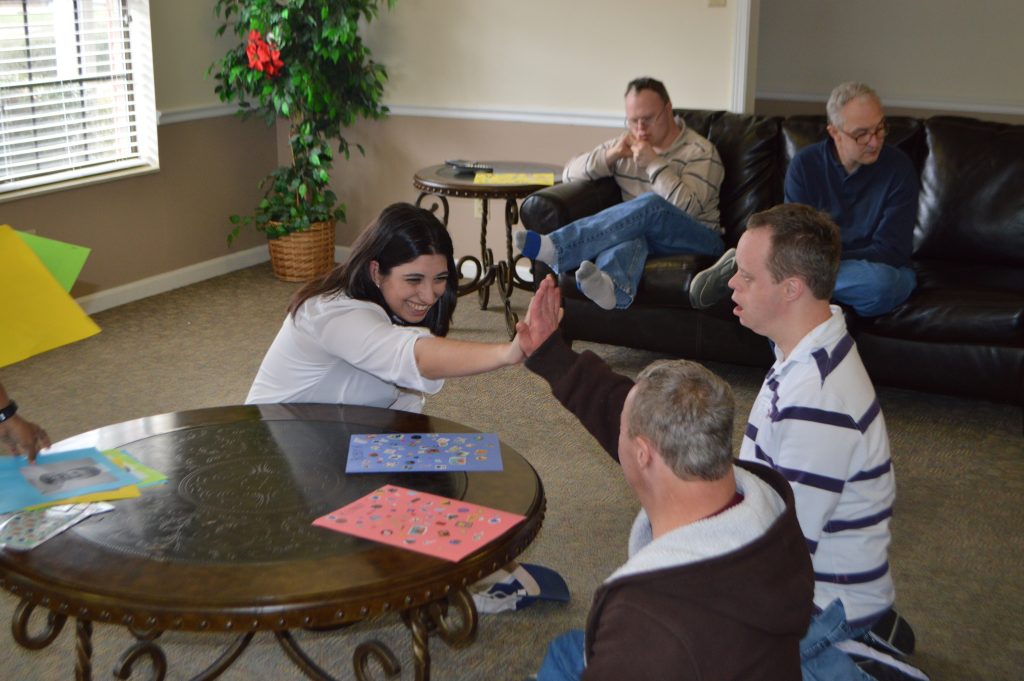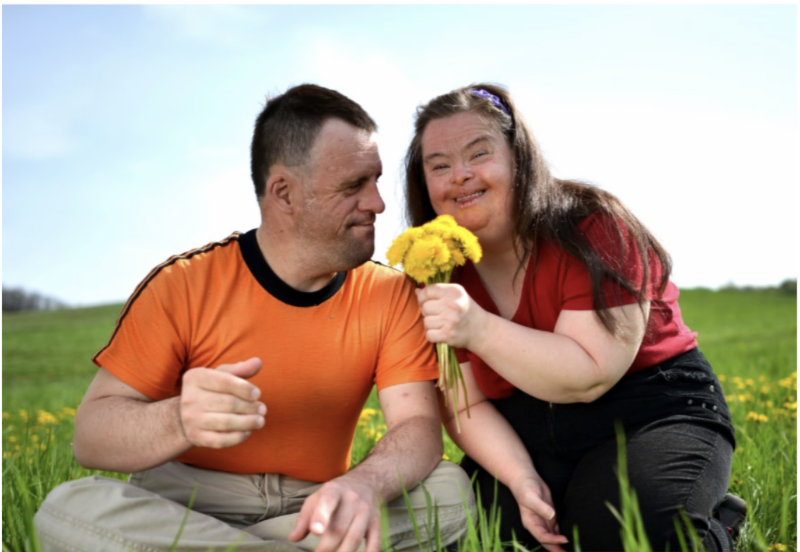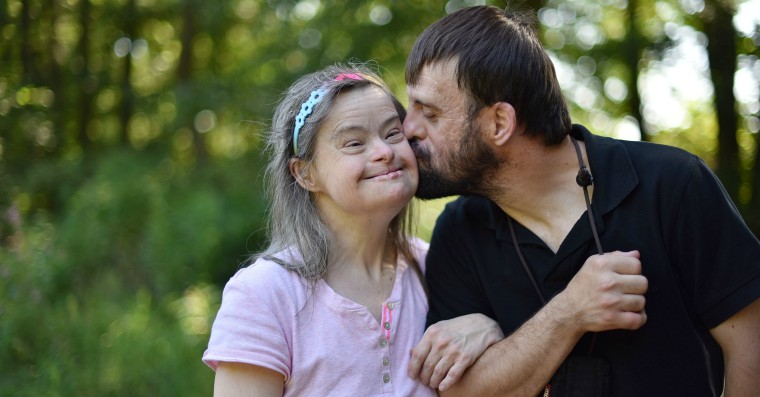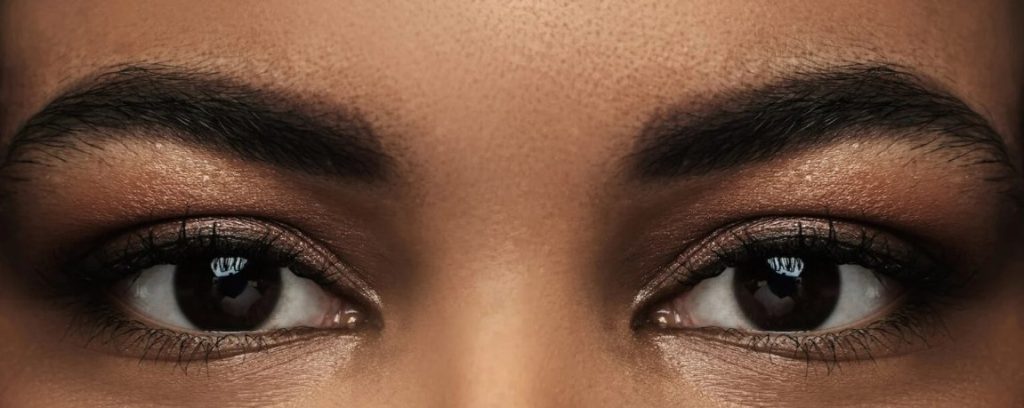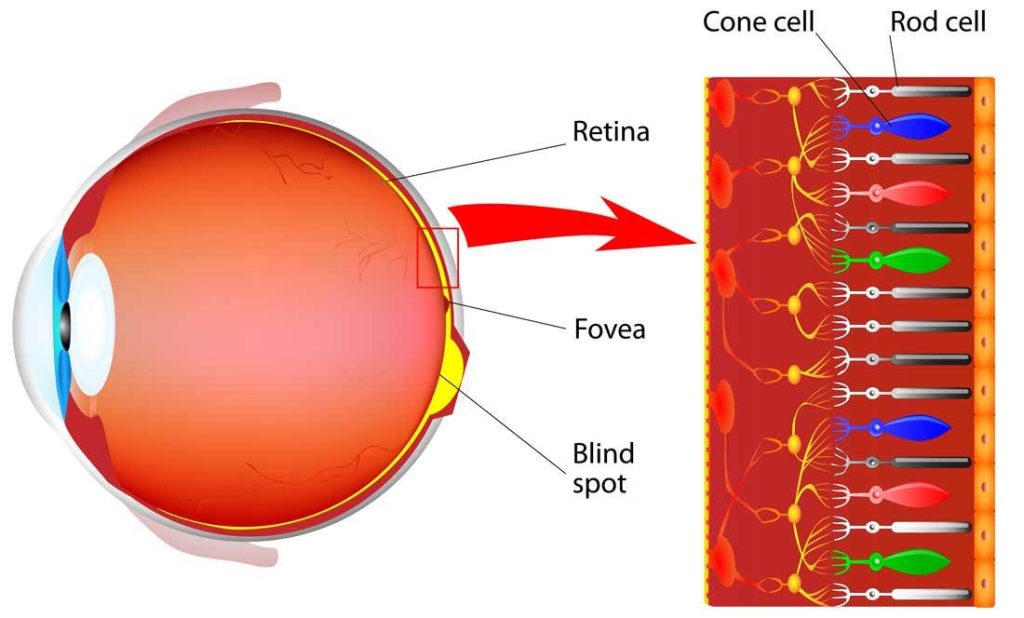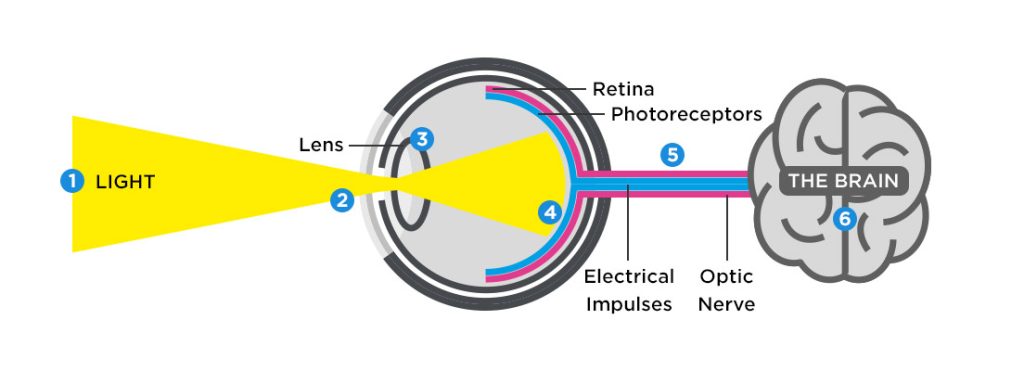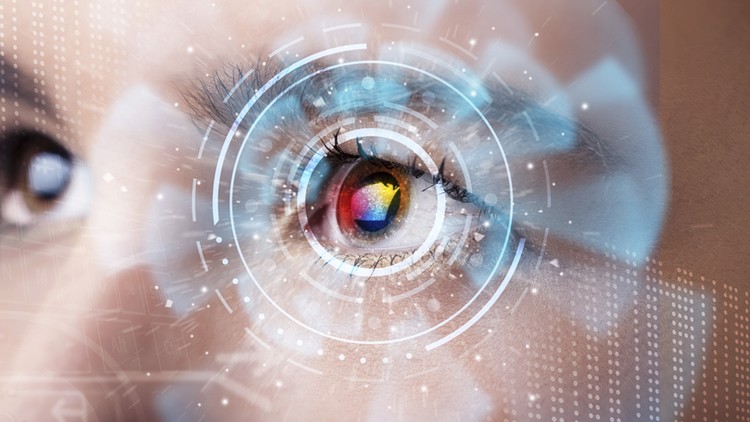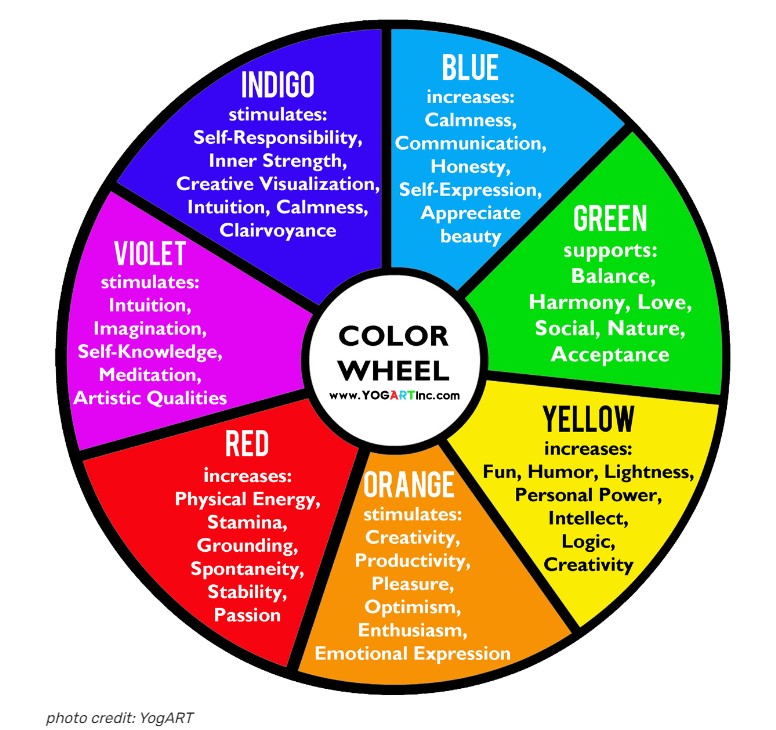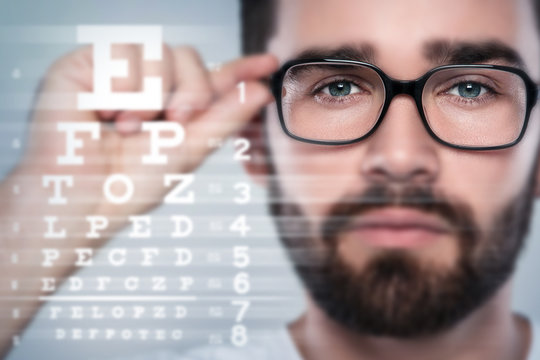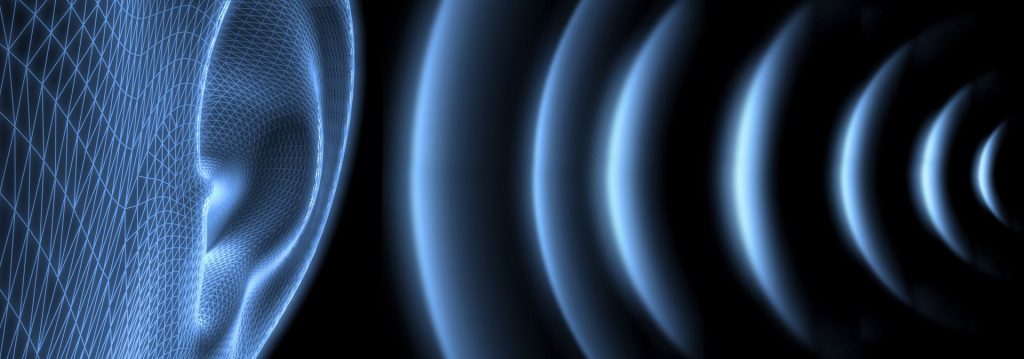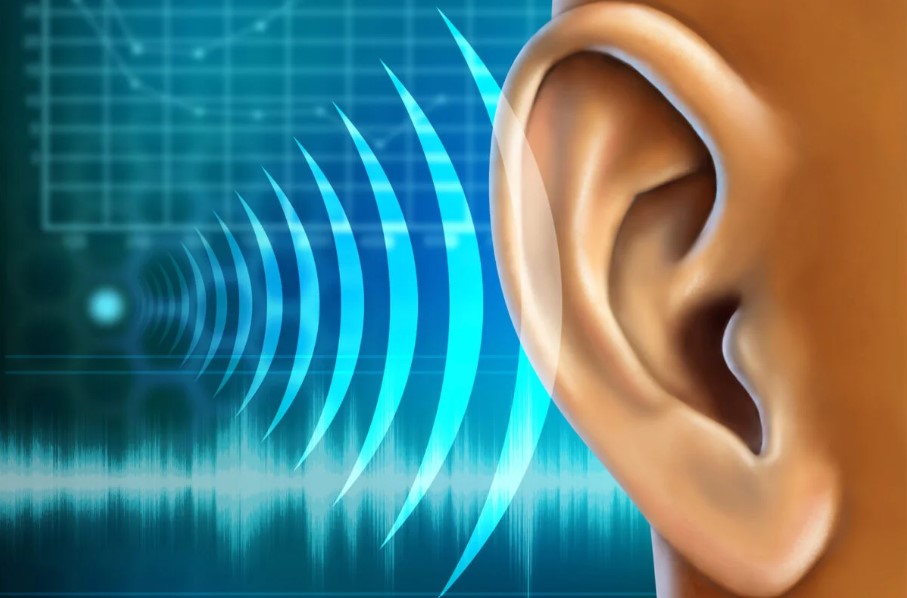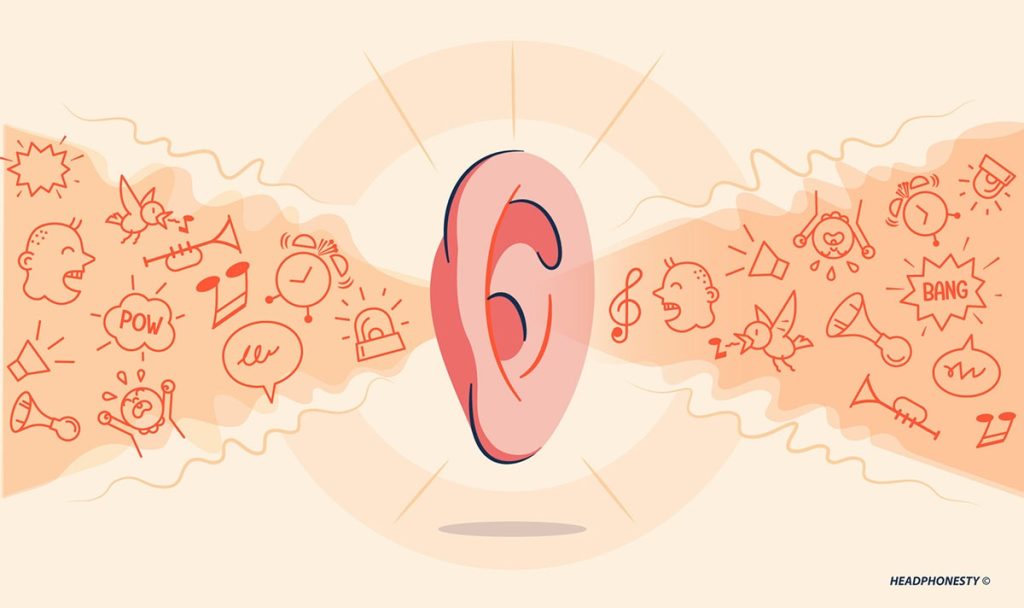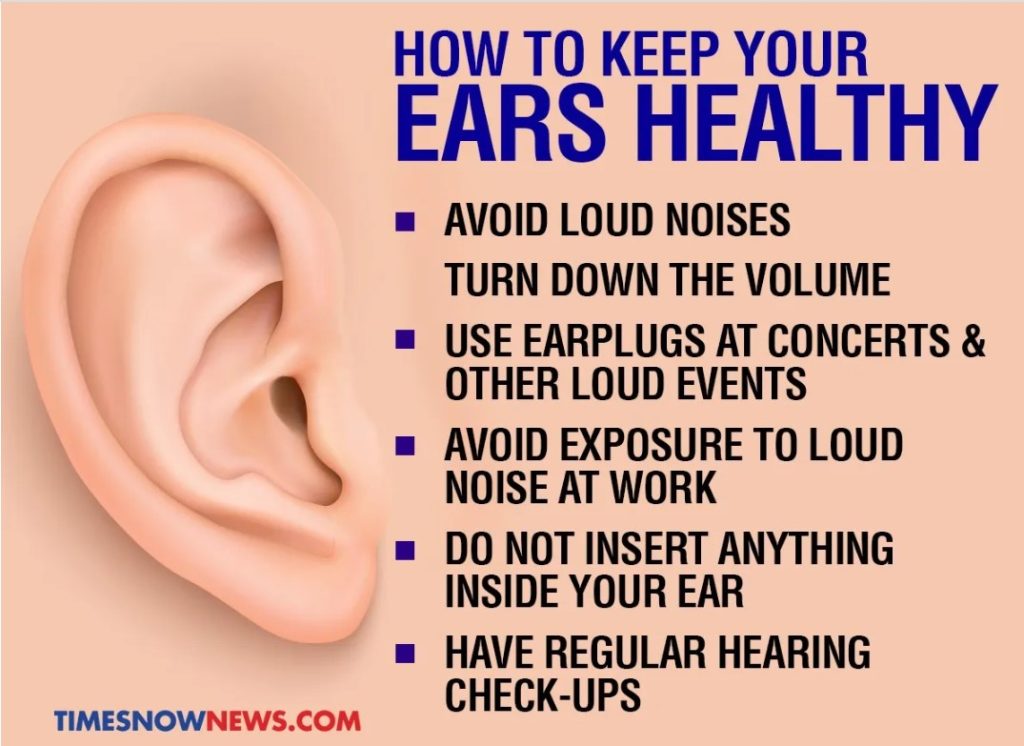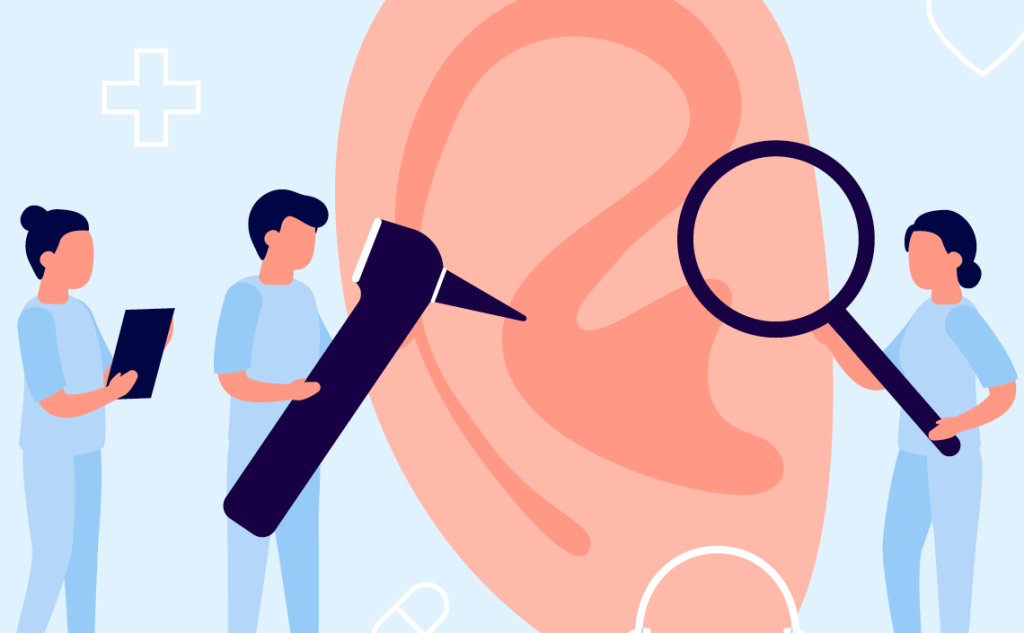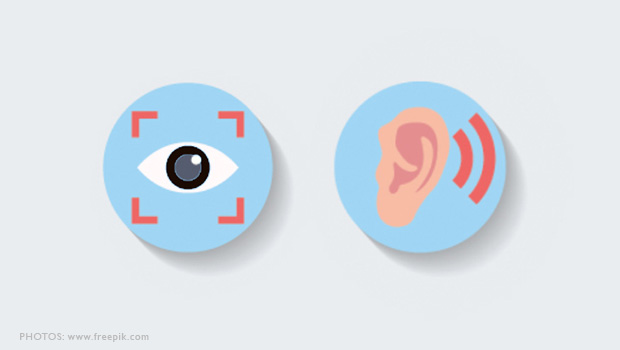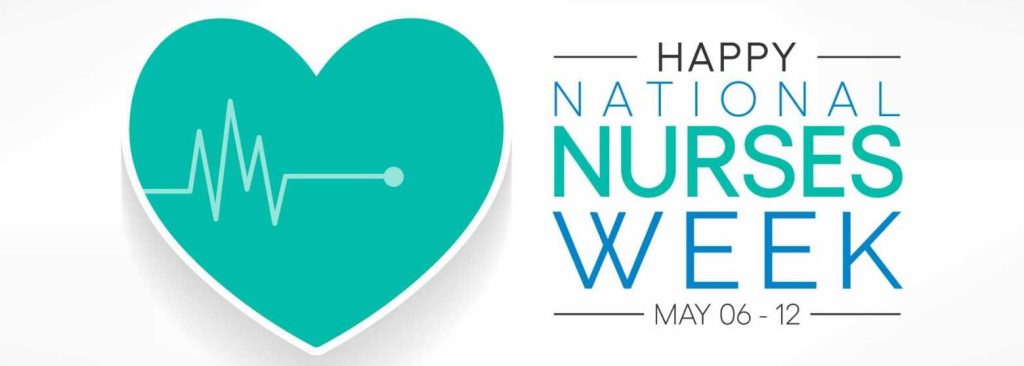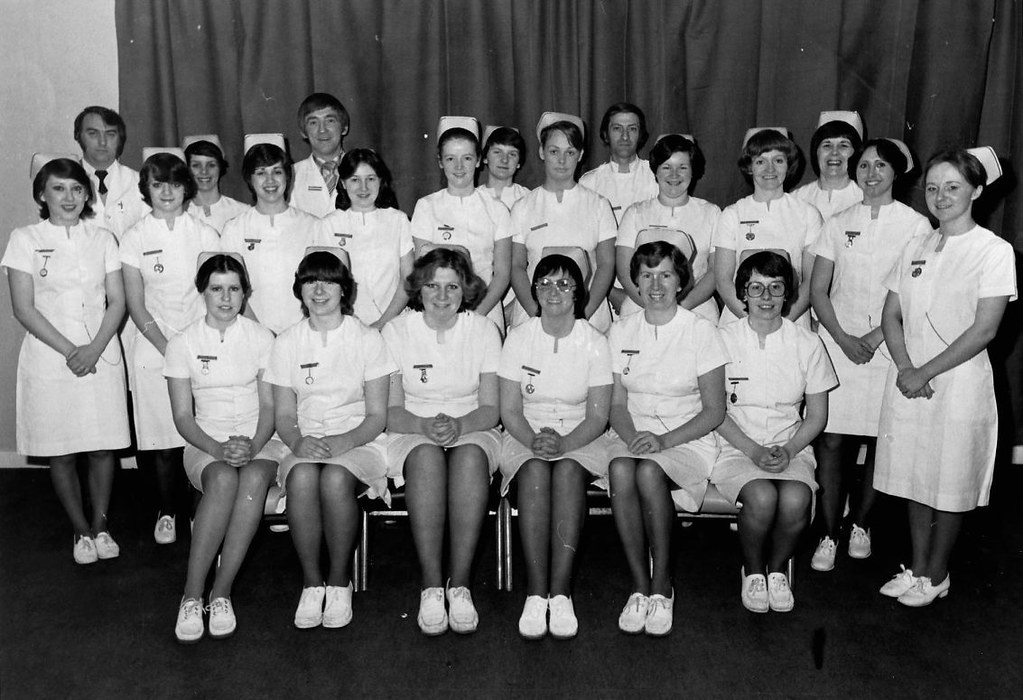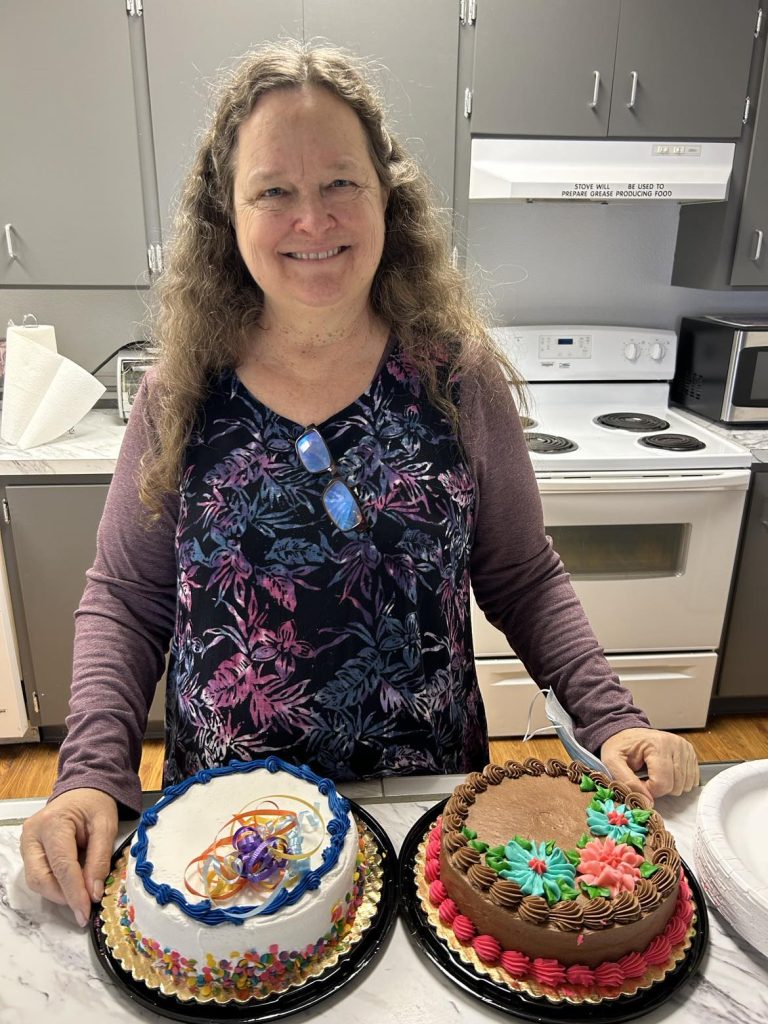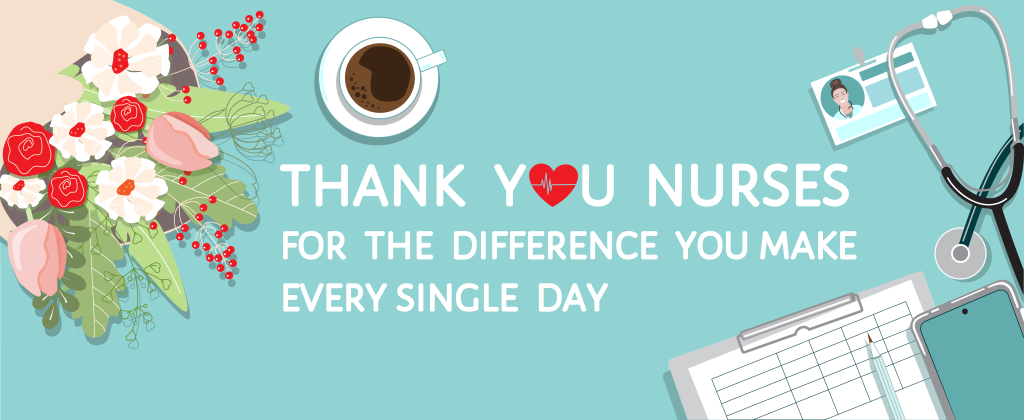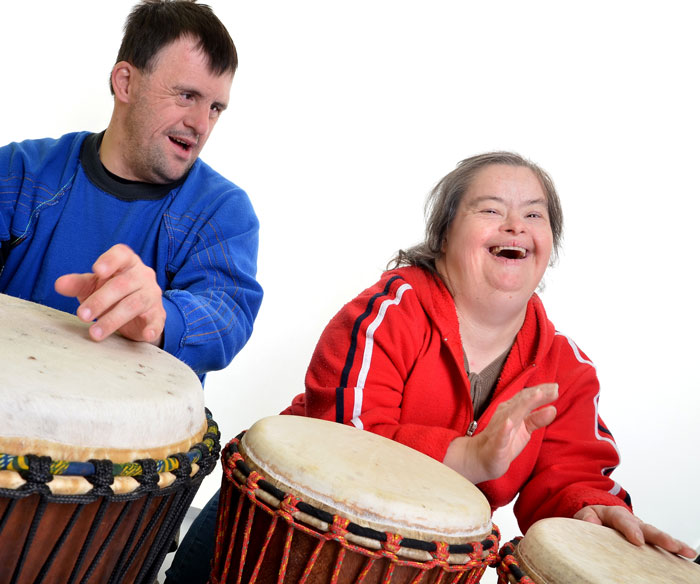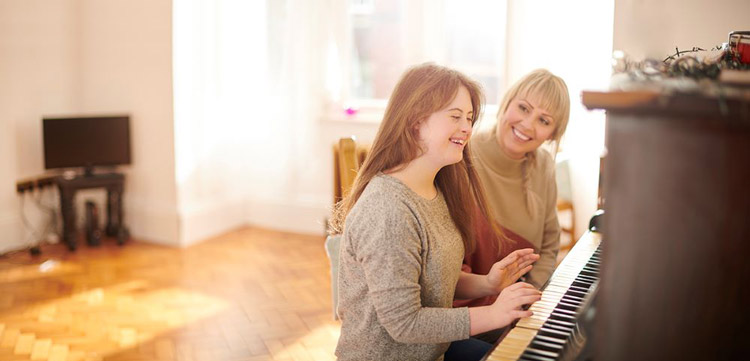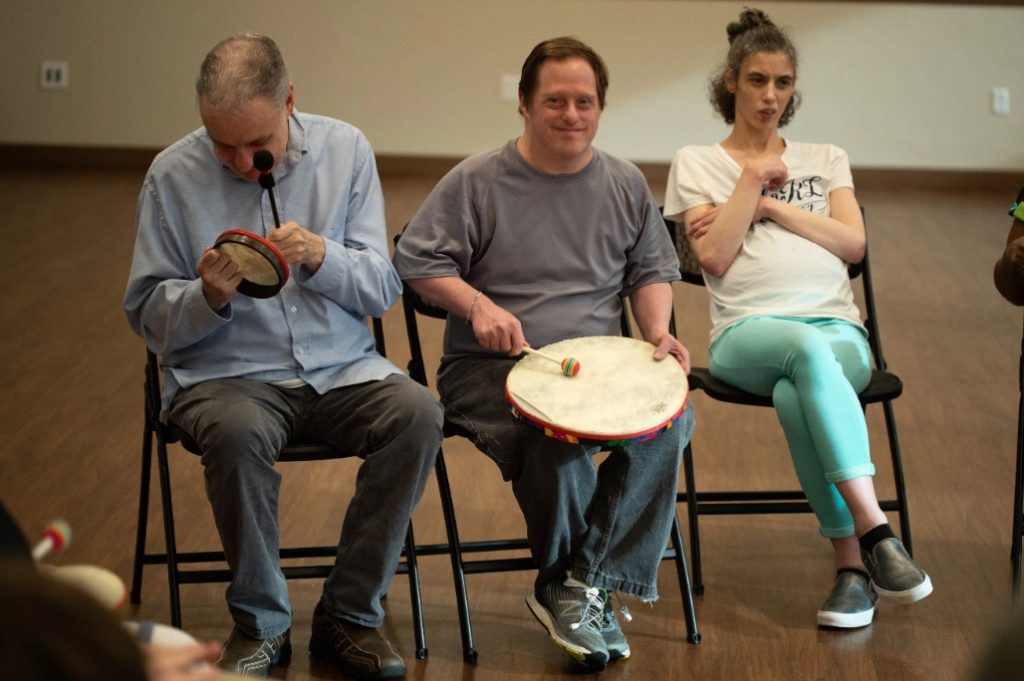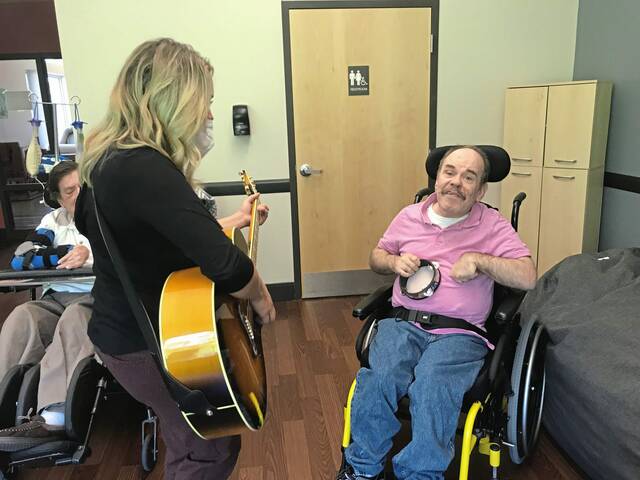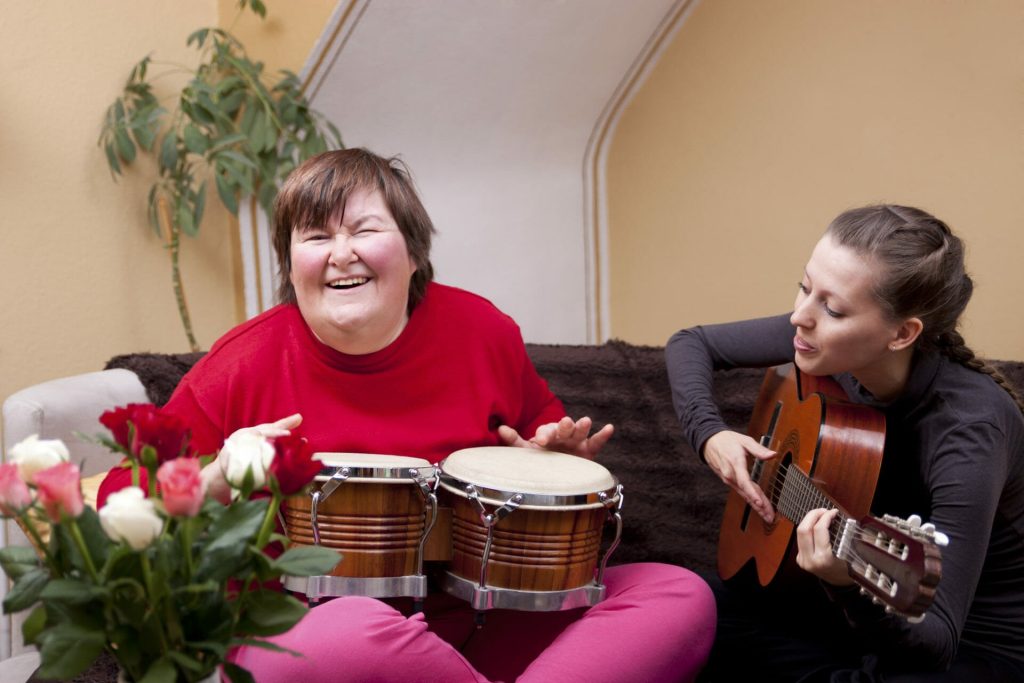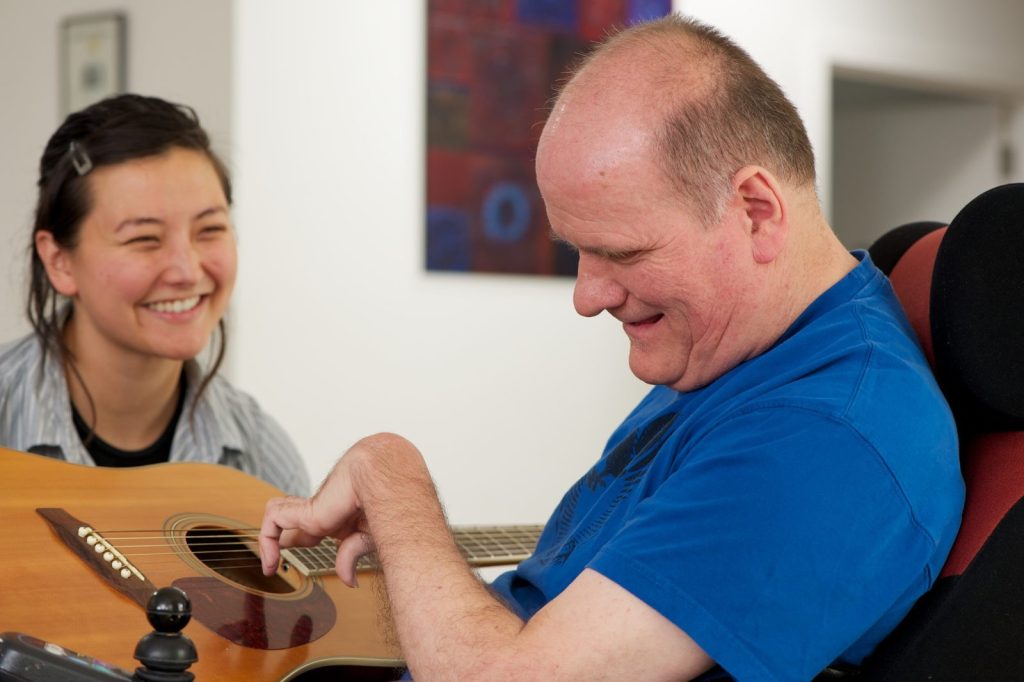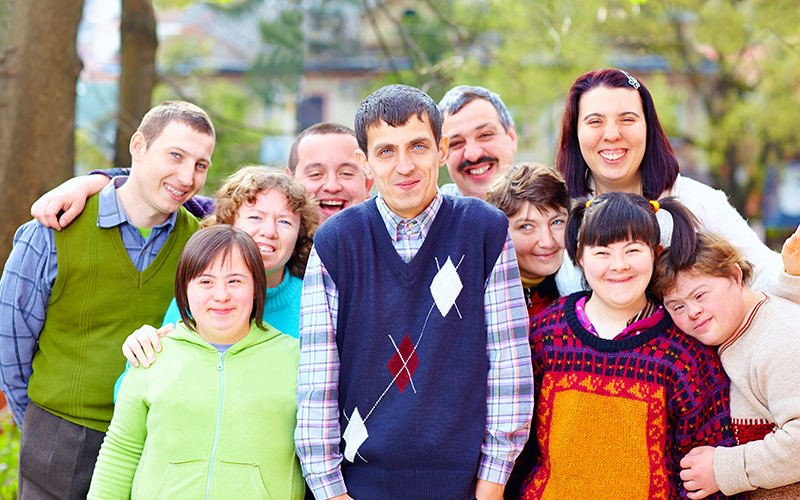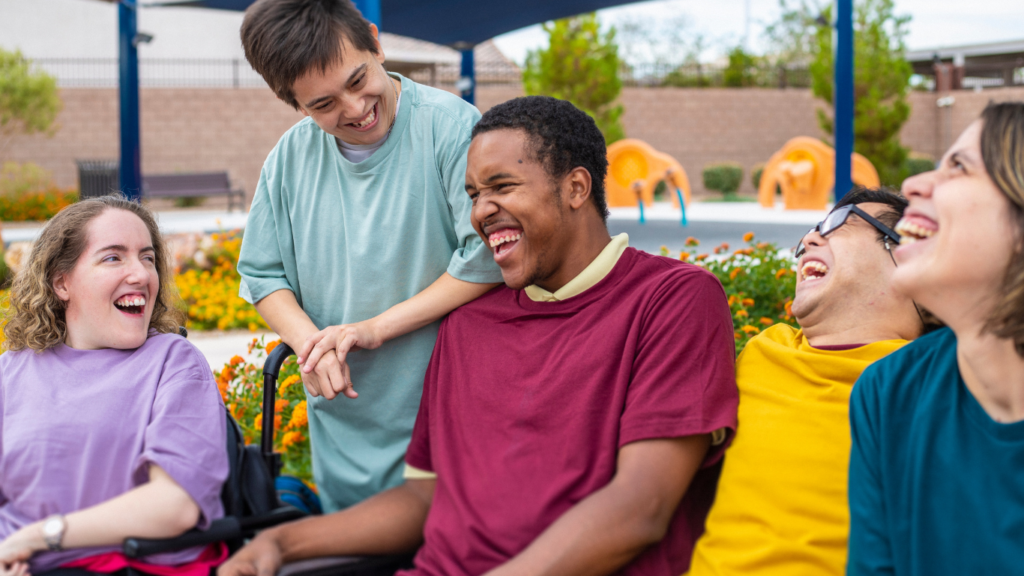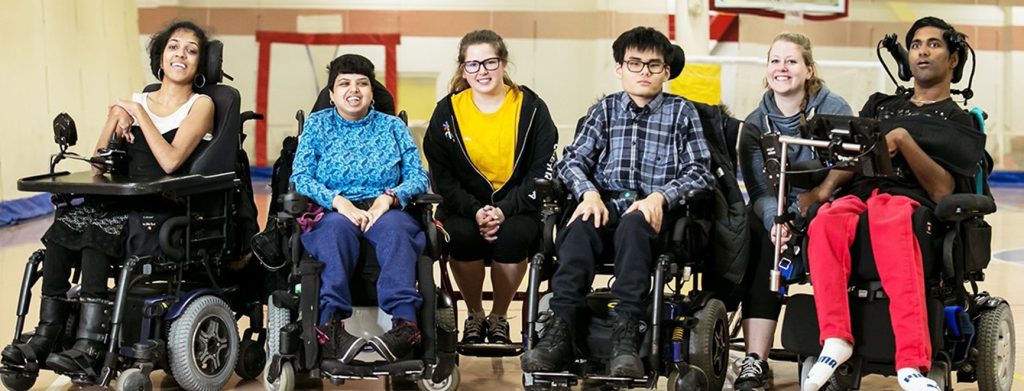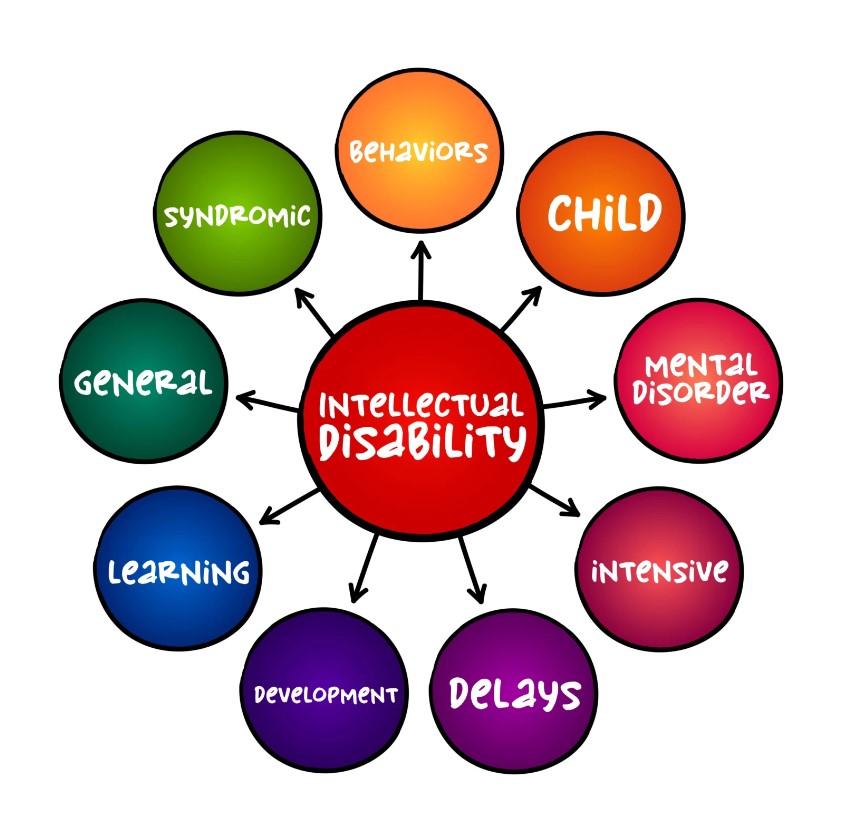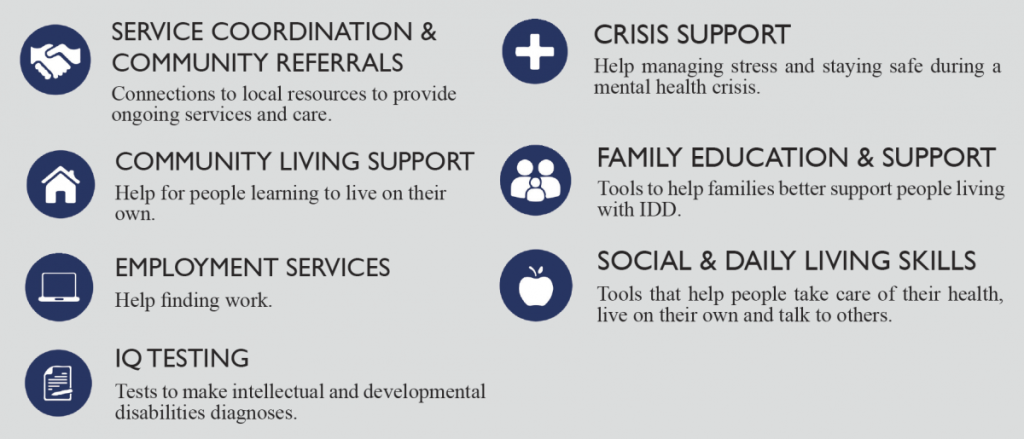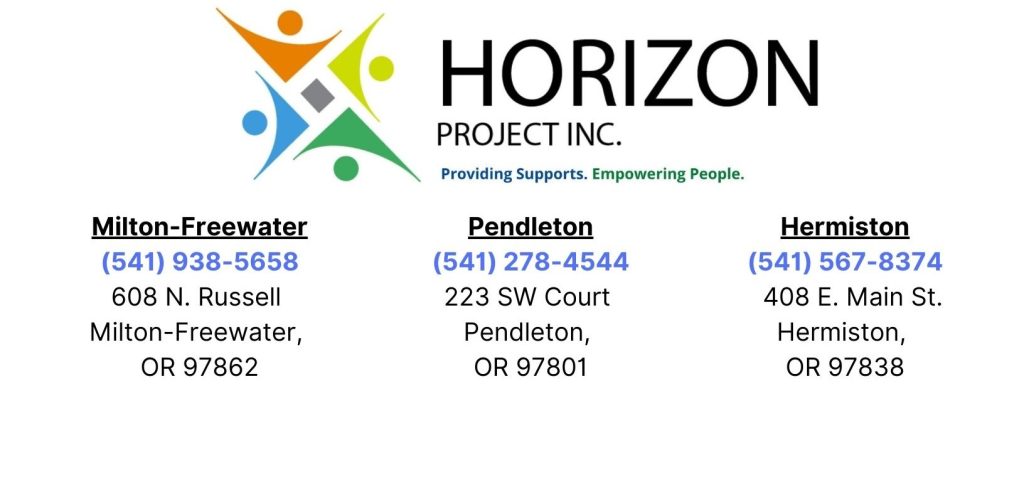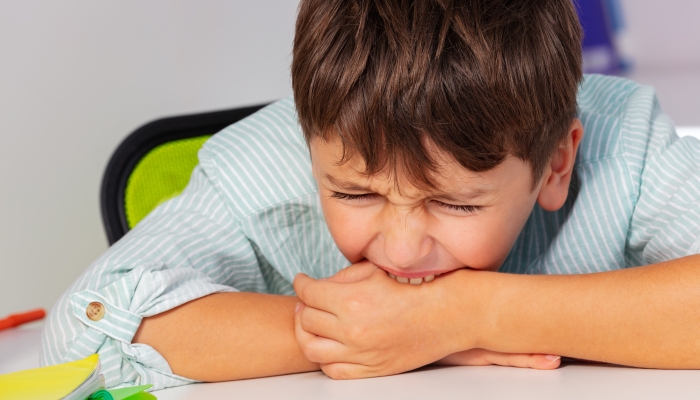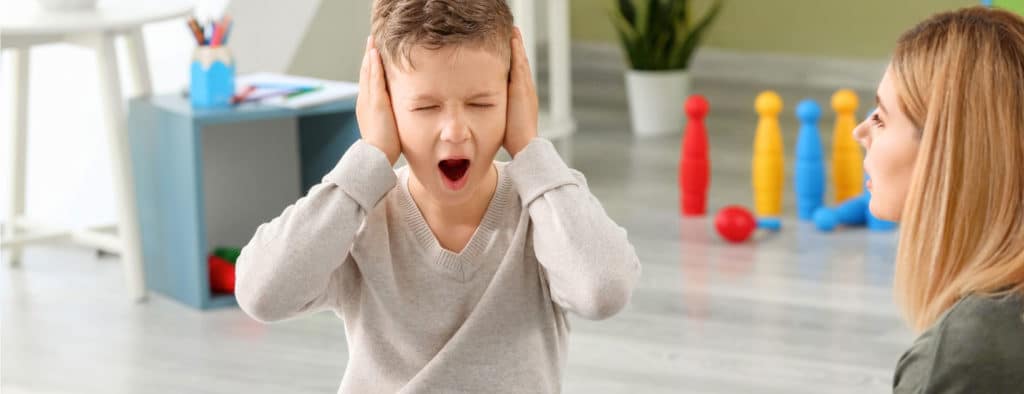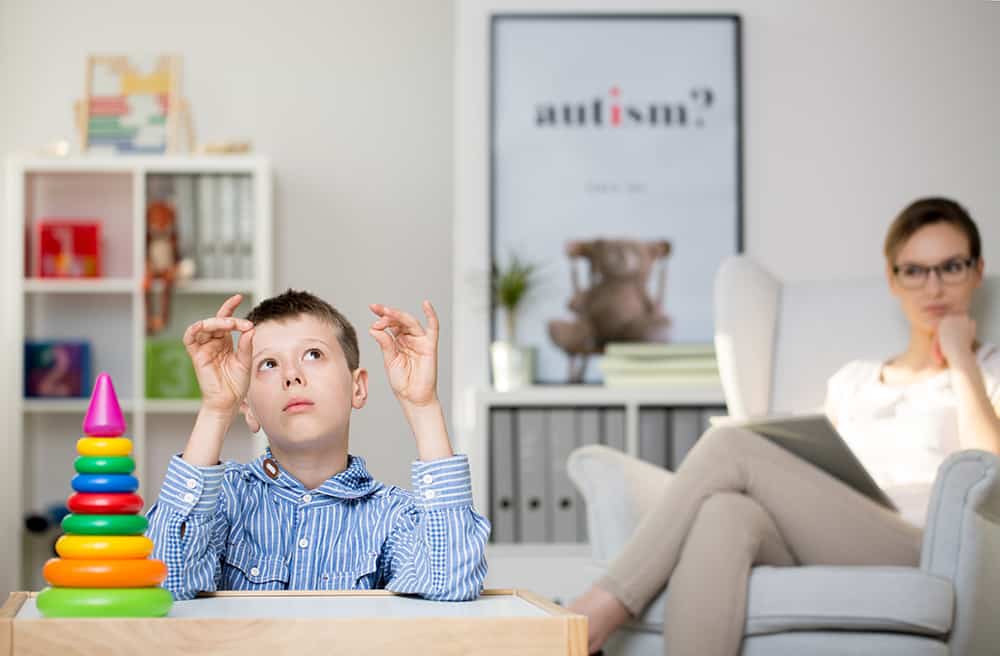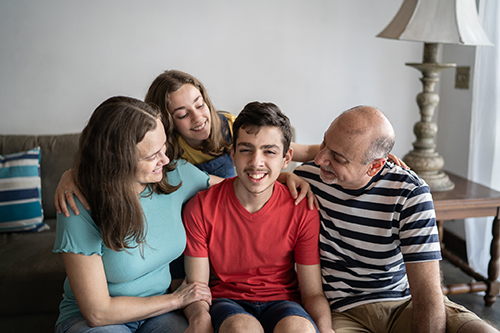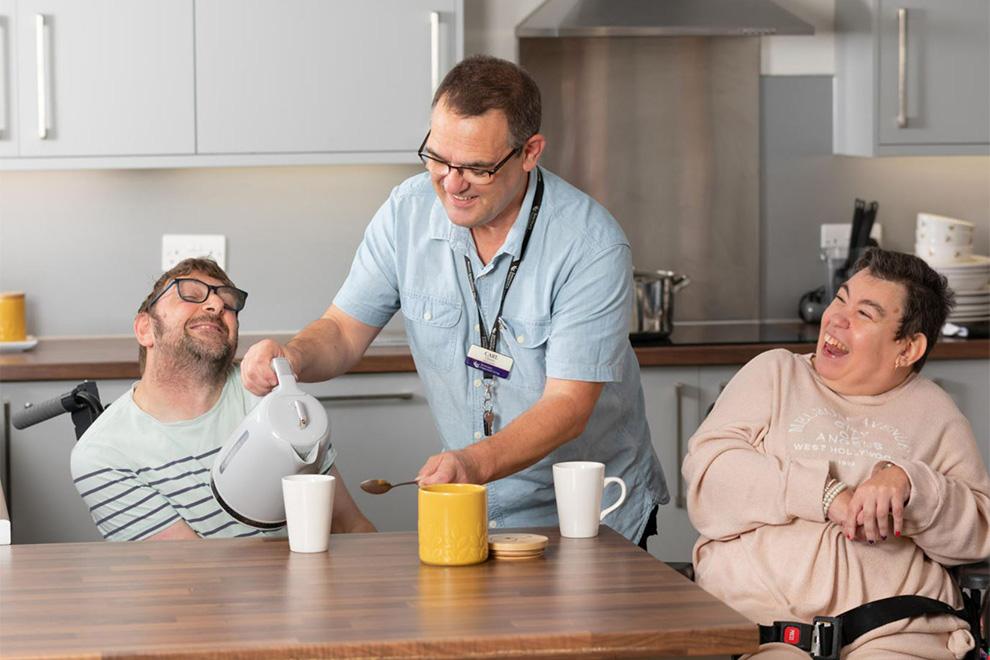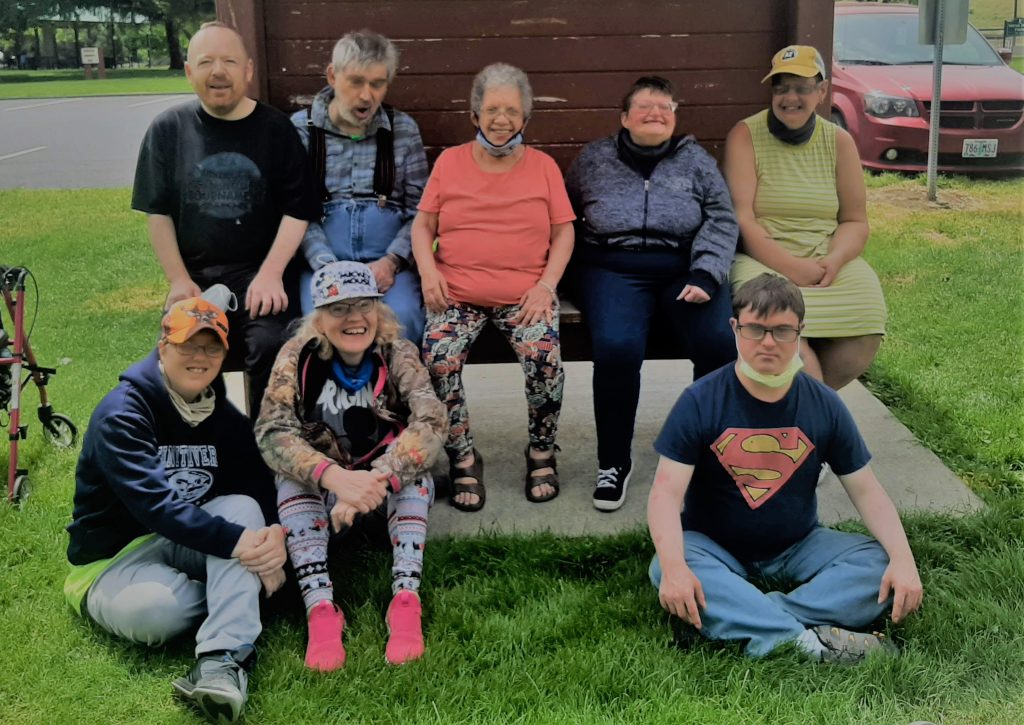
“The taste sense is one of the five human senses. It is essential to our survival because it enables the individual the choice of correct food, which, in turn, is crucial for one’s existence, maintenance and function.” [1]

“Taste is a sensory modality involving the oral perception of food-derived chemicals that stimulate receptor cells within taste buds. Taste principally serves two functions: it enables the evaluation of foods for toxicity and nutrients while helping us decide what to ingest and it prepares the body to metabolize foods once they have been ingested. Taste percepts are elicited by molecules that stimulate the taste buds in epithelia of the oral cavity and pharynx. Moreover, taste drives a primal sense of ‘acceptable’ or ‘unacceptable’ for what is sampled. Taste combines with smell and tactile sensations to form flavors, which allows us to identify and recognize food items as familiar or novel. If familiar, we can anticipate the metabolic consequences of ingesting the food. If novel, we can use these sensory cues to learn about the physiological outcomes of ingestion. If the outcome is positive, taste will signal pleasure and reward — both directly from the pleasurable quality of the taste itself, as well as from associated metabolic consequences. Some animals also use taste to understand social chemical cues, but there is no evidence presently that it plays this role for humans.” [2]
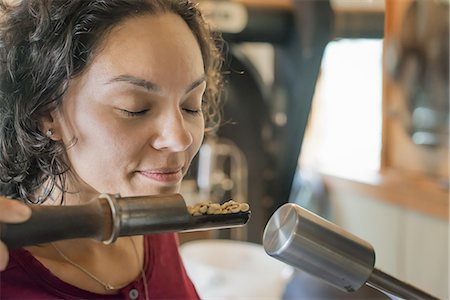
What are the basic taste sensations?
“Science reports in the world’s largest medical library, the U.S. National Library of Medicine, have identified five specific types of taste. Taste receptors in your mouth send these taste sensations to your brain: sweet, salty, bitter, sour and savory.
Sweet is the taste of natural sugars found in many fruits and honey.
Salty is the taste of sodium and chloride (salt crystals) and the mineral salts potassium and magnesium.
Bitter is the taste of 35 different proteins found in plants. Caution: Some of them, such as ricin in the castor bean plant, can be toxic.
Sour is the taste of acidic solutions like lemon juice and organic acids.
Savory comes from protein building blocks (amino acids) found naturally in protein-rich foods like meats and cheese.” [3]
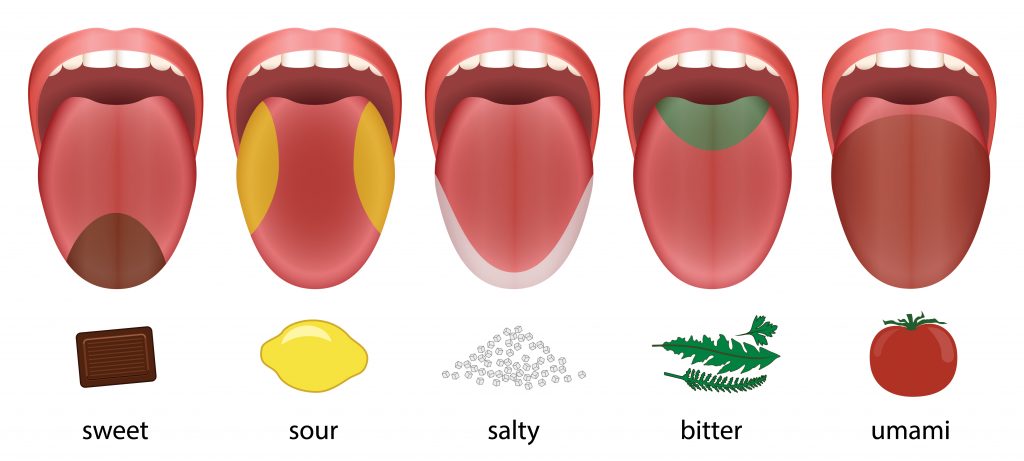
Fatty, alkaline, water-like: What else can we taste?
“Researchers are looking for other sensory cells specialized for sensations besides the five established basic tastes. There are thought to be more:
Fatty: fatty foods were based solely on their smell and texture. Newer research suggests that there are probably receptors specifically for fat. This would make fatty the sixth basic taste. It is caused by certain fatty acids that enzymes in the saliva split from fatty foods. A specific receptor has been discovered that responds to linoleic acid, which is part of many triglycerides found in natural fats and oils such as sunflower oil, soya bean oil or corn oil, for example.
Research is currently being done on these tastes: Alkaline: as in brine, and the opposite of sour. Metallic and Water-like.” [4]
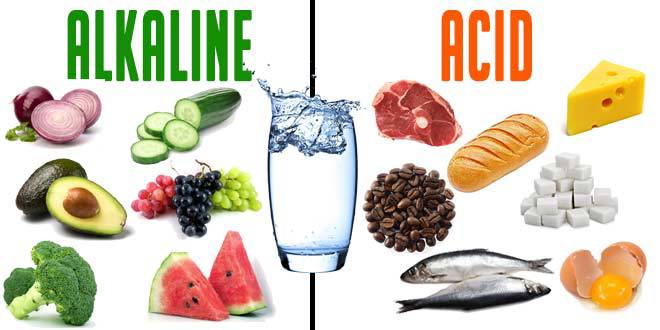
What’s the difference between taste and flavor?
“If you hold your nose, close your eyes and eat chocolate, you may not know what you are eating. Without your sense of smell, chocolate just tastes sweet or bitter. If you have ever tried to enjoy a meal with a head cold, you know how much your sense of smell adds to flavor.
Flavor is more than just odor and taste. It also includes texture and temperature. It even includes the sense of pain, which is what you get from capsaicin in chili peppers. Put it all together and you have the ability to discern 100,000 different flavors.” [3]
“Evolution must have considered your sense of taste to be very important. It made your taste buds the only part of your nervous system that can completely regenerate when they get old or damaged. The science of taste is amazing. Next time you sample your favorite flavor, take some time to really appreciate it.” [3]
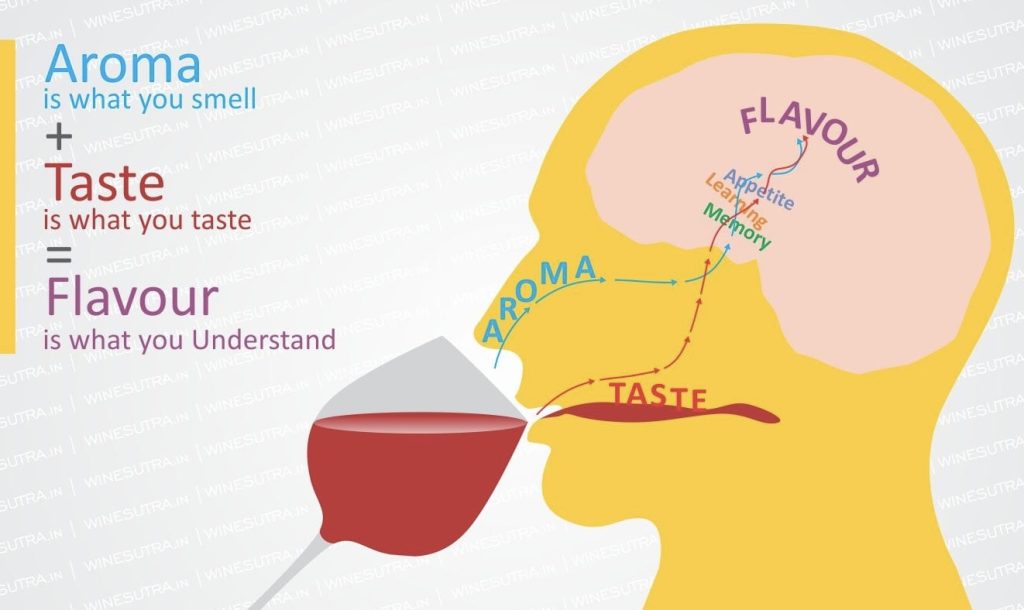
Sensory Activities for Adults with Disabilities that Engage Taste:
“Sensory activities are a great way for adults with disabilities to engage with their surroundings while creating a calm and relaxing environment. The goal is to help them feel safe and create conversation starters that can help ease their communication struggles. Sensory experiences can also help an adult with a disability create opportunities for exploration and learning and live a more enriching life.” [5]
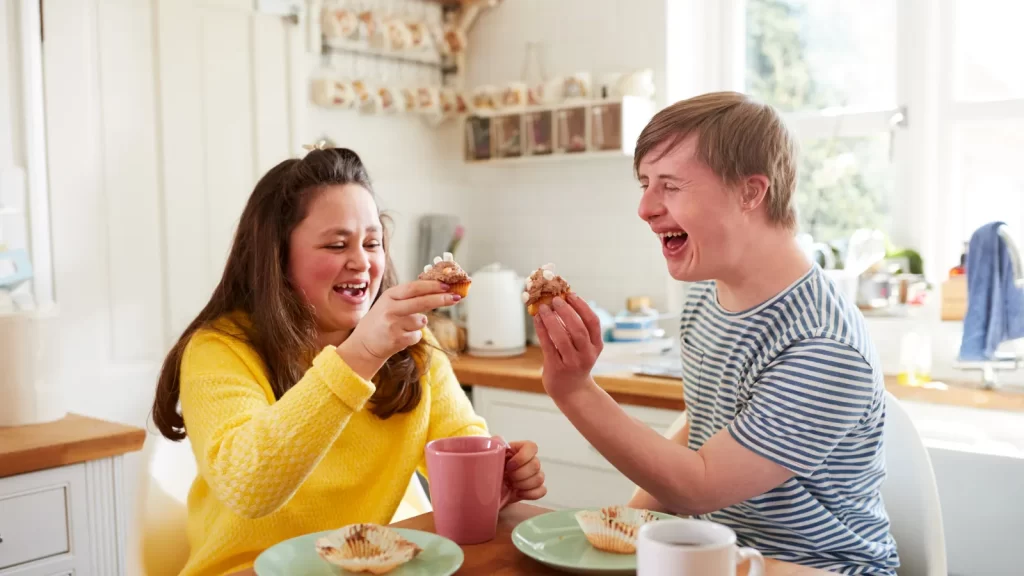
“These are a few ways to engage an adult with a disability through sensory stimulation.
1) Make an ice cream sundae
2) Explore tasting salty, sweet, bitter, and citrusy foods
3) Lick an envelope
4) Play match the taste with jelly beans
5) Explore taste with edible plants
6) Try cooking a recipe
7) Go to a bakery and taste test the different desserts
8) Explore tasting fruits from different parts of the world
9) Explore tasting vegetables made in different ways
10) Try a tea taste test
11) Try tasting different types of nut butter
12) Mix together different foods not commonly found together and see if anything tastes good!
13) Try tasting different varieties of cheese” [5]

Engaging our sense of taste can stimulate and captivate individuals to experience the world around them.
Resources:
[1] https://pubmed.ncbi.nlm.nih.gov/16983846/
[3] https://foodinsight.org/the-science-of-taste/
[4] https://www.ncbi.nlm.nih.gov/books/NBK279408/
[5] https://www.disabilitydame.com/sensory-activities-for-adults-with-disabilities/

